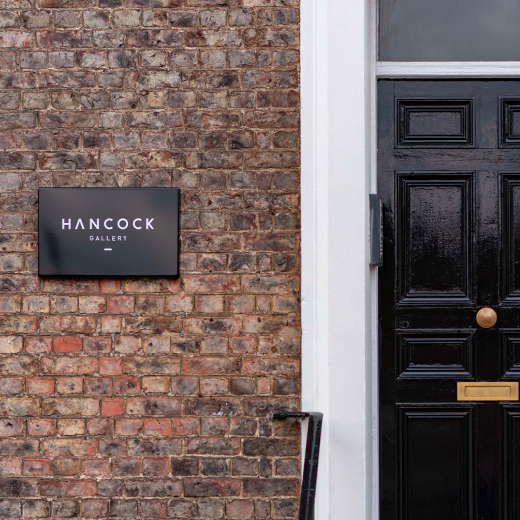- Play Hard
- 12th Jun 2021
- 968 Views
- 0
- 1 minutes
The language of art – part two

It’s handy to know your plein air from your posters when navigating the art market – here’s how to talk the talk that’ll help you walk away with the art you really want

It’s handy to know your plein air from your posters when navigating the art market – here’s how to talk the talk that’ll help you walk away with the art you really want
Subscribe now to receive our twice-weekly emails and exclusive offers for High Life North readers.
Comments